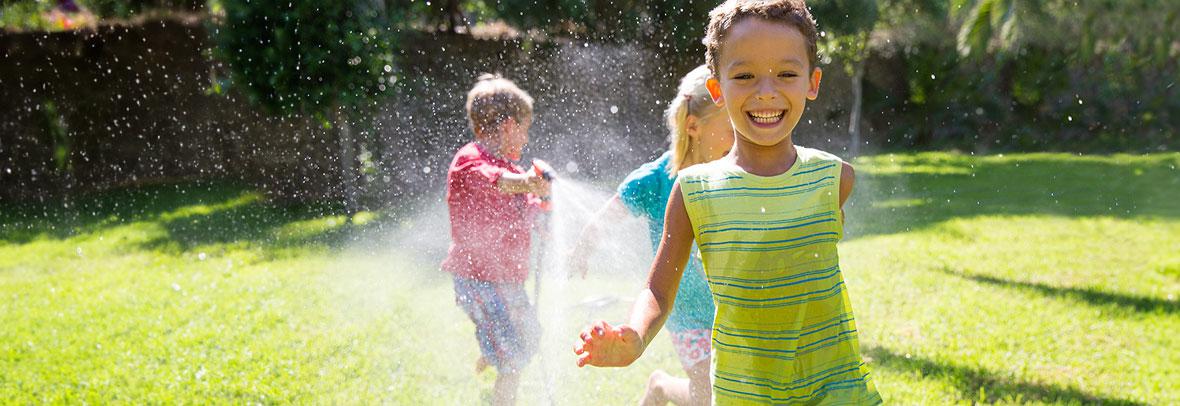
Lawn Paint: Smart Staging Hack or Cheap Fake?
Lawn paint boosts curb appeal, but sellers should disclose its use, especially if covering major turf issues since it’s a cosmetic, not permanent, fix.
CHICAGO — When preparing a home to sell, first impressions matter – and nothing undermines curb appeal faster than unsightly brown patches on your lawn. Some agents and owners are finding a remedy for stubborn dry spots: lawn paint.
But before you reach for the spray paint, consider the pros and cons of lawn painting – and the ethical implications of using it when staging a home for sale.
Is lawn paint ethical for home staging?
Used sparingly and disclosed honestly, lawn painting can be a harmless visual improvement, much like applying a fresh coat of paint to a front door. However, problems arise if lawn paint is used to intentionally conceal more serious or persistent lawn issues –nlike dead turf, poor soil or systemic irrigation problems – without telling potential buyers.
If you’re applying lawn paint to cover widespread dead grass, especially right before listing, be transparent. Buyers have a right to understand what kind of lawn they’re inheriting.
Lawn paint considerations: Before you spray
Lawn paint is not exactly a new trend. For years, groundskeepers at golf courses and football fields have been touching up brown grass spots. But the trend is now taking root among more homeowners who are motivated by drought, damaged turf, pesky brown patches or simply wanting to keep their lawn looking better than the neighbors’.
“Business is through the roof,” Dave Delatorre, owner of LawnLift grass paint, told HouseLogic. LawnLift supplies turf colorant to homeowners and landscapers.
Lawn paint is made from non-toxic, biodegradable ingredients, often derived from decayed plants. It clings to grass blades. It’s safe for people and pets and won’t contaminate the watershed. Depending on grass growth and frequency of mowing, it can last two to three months – though newly growing grass blades will be unpainted, making touch-ups necessary over time.
Here are a few considerations about lawn paint:
- You can paint dead grass, but brittle dead blades tend to snap off and blow away, which could leave brown patches exposed.
- Paint takes 24 to 72 hours to dry. During that time, keep pets and kids off to avoid stains.
- Be careful of over-spraying. Sidewalks, fences and shoes can accidentally get painted.
- Heavy rain may wash some of the lawn paint away.
- It's a cosmetic fix – not a cure for lawn health issues like poor soil, disease or insufficient watering.
- Professional applications run between $200 and $500 for about 2,000 square feet. DIY kits are a more affordable option for smaller touch-ups or spot repairs.
So, is lawn painting a smart staging hack or a cheap fake?
If you need a quick, visual touch-up for a special event or to blend in a few stubborn brown spots, lawn painting may be a practical and budget-friendly option, but it should be seen as temporary and cosmetic. If used in real estate and home staging, it could be an ethics and disclosure matter – especially when covering up widespread or serious lawn issues.
© 2025 National Association of Realtors® (NAR)
